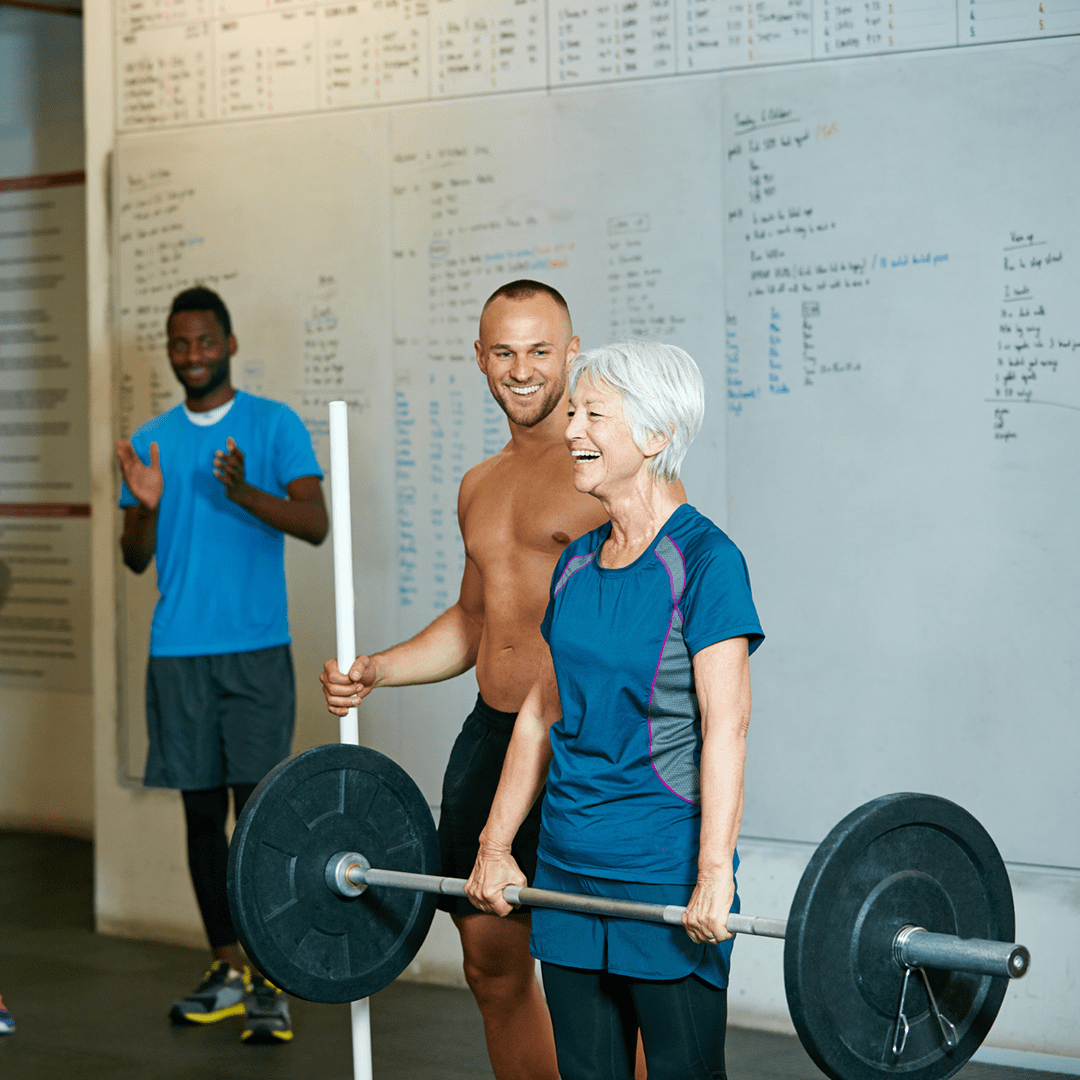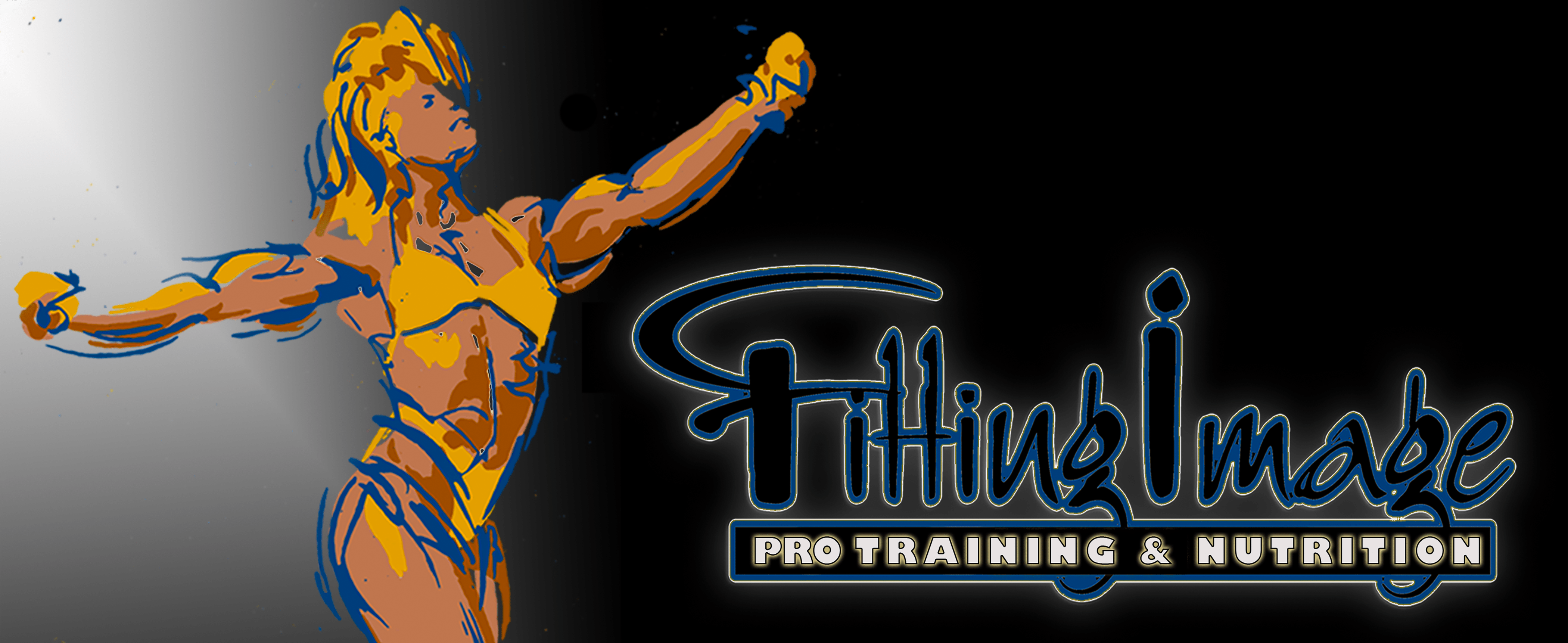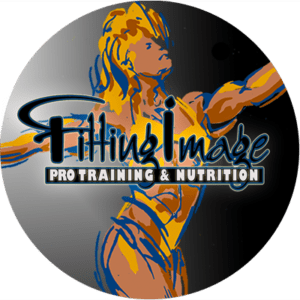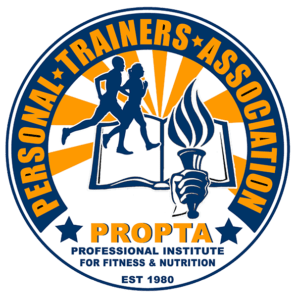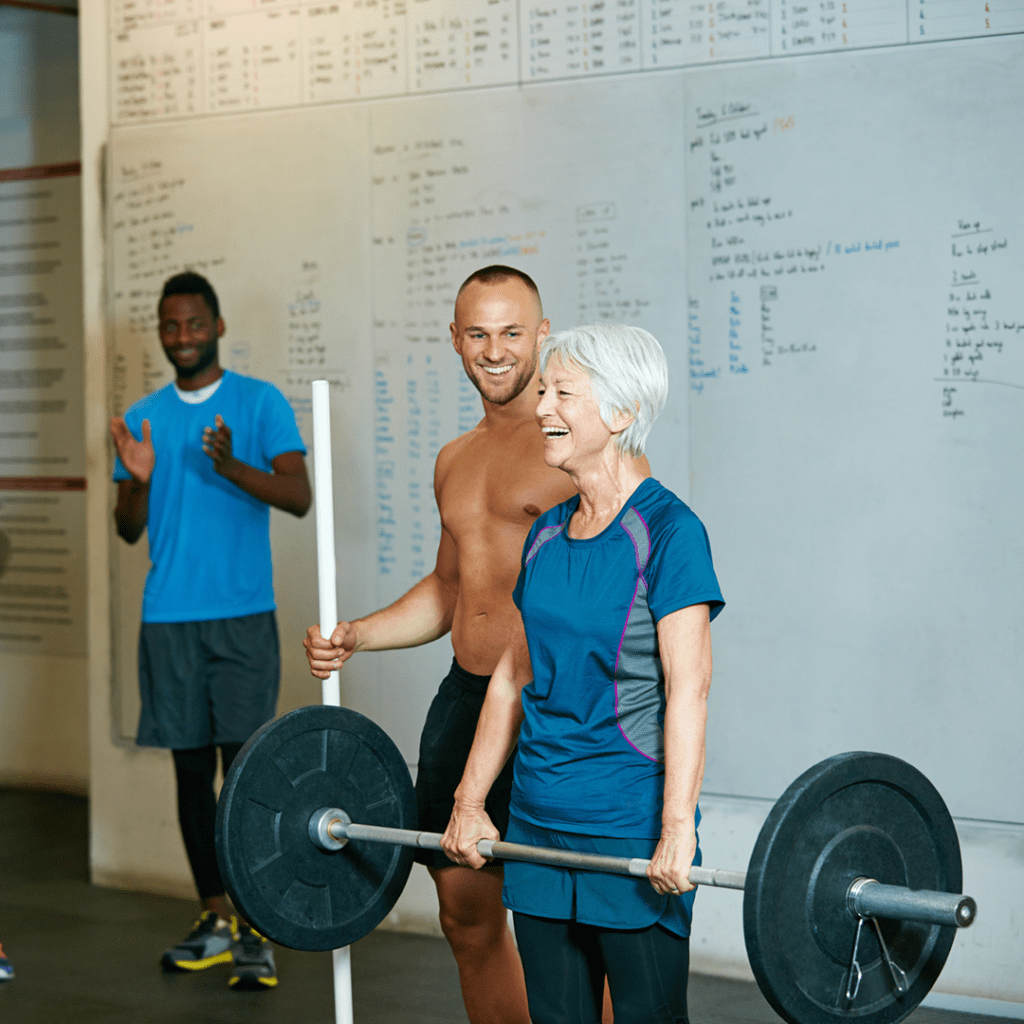
5 Tips for Making Muscle After Menopause
What role does estrogen play?
Did you know that even though it’s testosterone that’s known to strengthen muscles, when it comes to women, estrogen also has an important role? When estrogen starts to decline, muscle stem cells start to disappear.
Research suggests that estrogen enhances the ability of muscles to generate force not by increasing the size of the muscle but by improving the QUALITY of the muscle tissue, possibly by its effect on the muscle protein myosin. Myosin is one of the two proteins, actin being the other, that’s directly involved in muscle contraction. Surprisingly, at least one study shows estrogen decreases tendon strength.
The repair and rebuilding of muscles depends on specific stem cells, called satellite cells, found in muscle tissue, and the new research shows these cells require estrogen to function optimally in females. One way it seems to preserve muscle strength and size is by activating satellite cells. These are cells that are directly involved in strength gains and hypertrophy. In response to the stress of training, satellite cells fuse with muscle cells and donate their own nuclei and contractile proteins to the cells, giving them the ability to contract with greater force. You might also expect this to be a stimulus for muscle growth.
What can you do?
As if staying lean before menopause wasn’t hard enough, rebuilding or even maintain muscle after menopause takes hard work, dedication, proper nutrition, and lots of sweat. So often you hear about the importance of aerobic exercise for healthy aging but there’s still too little emphasis on strength training. Strong muscles are what help you conserve a high level of functioning during mid-life and after. Make sure you’re doing it regularly.
I am not one to recommend hormone replacement for anyone, as I’ve seen way too many negative effects. That is something you would need to discuss in depth with your health care professional weighing the pros and cons. I prefer to fight muscle and bone loss the natural way.
My 5 tips for making muscle after menopause:
Pump Iron
What this means is strength training is even more important after menopause since you lose muscle strength and size naturally as you make less estrogen and as other anabolic hormones drop. Pump some heavy iron. Lift as heavy as you can safely in good form. Intensity matters.
Eat Your Meat & Dairy
Make sure to eat one gram per pound of body weight in lean animal protein (preferably hormone free) to maintain and gain muscle mass. Chicken, Turkey, Beef, Fish, Eggs, and low-fat dairy are all good choices. Vegans typically have significantly lower muscle mass compared to their carnivorous counterparts.
Ditch The Stimulants
By reducing or eliminating alcohol, coffee, cigarettes, and other stimulants from your system, you offset the risk of excessive cortisol release, a stress hormone which may hamper your muscle gains.
Get Sufficient Sleep
Sleeping soundly at least eight hours each night, is also one of the most effective ways to boost growth hormone production.
Eat Fat
By consuming healthy fats—including those found in avocados, olive oil, fatty fish, nuts, and lean animal meats—you can maintain the structural integrity of your bodily cells while providing the raw materials needed for your muscles.
